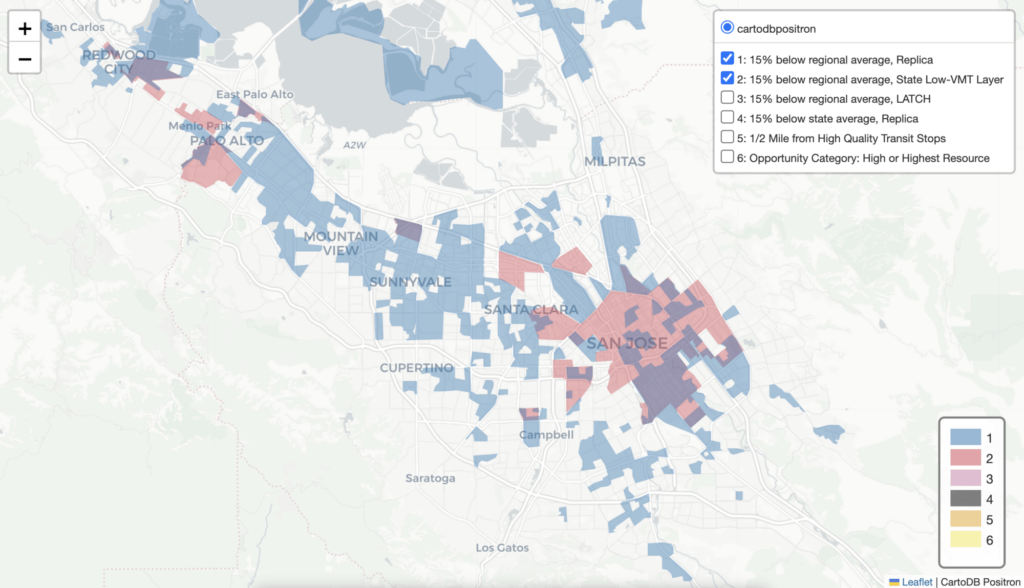Policy Changes Could Unlock Significant New Housing Potential for Faith-Based Organizations
Published On May 19, 2020
Faith-based organizations such as churches, synagogues, and mosques can play an important role in addressing California’s housing shortfall by leveraging underutilized land that they own. A new policy brief from the Terner Center, titled Mapping the Potential and Identifying the Barriers to Faith-Based Housing Development, shows that approximately 38,800 acres of religious institutions’ land – equivalent to the size of the City of Stockton – could potentially support new housing development, including in some of the state’s highest-cost counties.
Much of the land is located in neighborhoods with lower poverty rates and greater educational, economic, and environmental amenities and, to a lesser extent, near transit. The research shows there are opportunities to support the goals of faith-based organizations as they grapple with the best use for their underutilized land and make progress towards California’s goals in building more housing, expanding access to opportunity, and reducing commute-related greenhouse gas emissions.
However, the authors urge that state and local policy action is needed to overcome the land use, financing, and capacity barriers facing faith-based organizations.

^ Map of City of Oakland Potentially Developable Parcels of Religious Land with Single-Family Zoning Overlay
The report outlines three key policy recommendations that would put faith-based organizations in a stronger position to build on their land:
- Revise local parking requirements and relax density limitations to allow for greater flexibility in building housing on religious-owned lands. Two pending proposals in the California legislature propose similar solutions: AB 1851 eliminates replacement parking requirements for religious organizations while SB 899 allows for all-affordable housing on both religious and medical non-profit property at a minimum density and through a by-right approval process if it meets specific requirements;
- Improve existing financial assistance to catalyze development on underutilized land owned by faith-based institutions, particularly by creating preferences for LIHTC-funded developments on religious lands in higher-resourced neighborhoods;
- Expand technical assistance for navigating the housing development process to specifically target the needs of faith-based institutions.
Read the full policy brief here.





